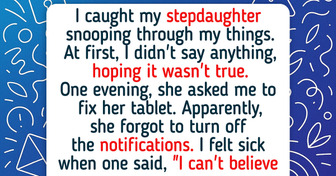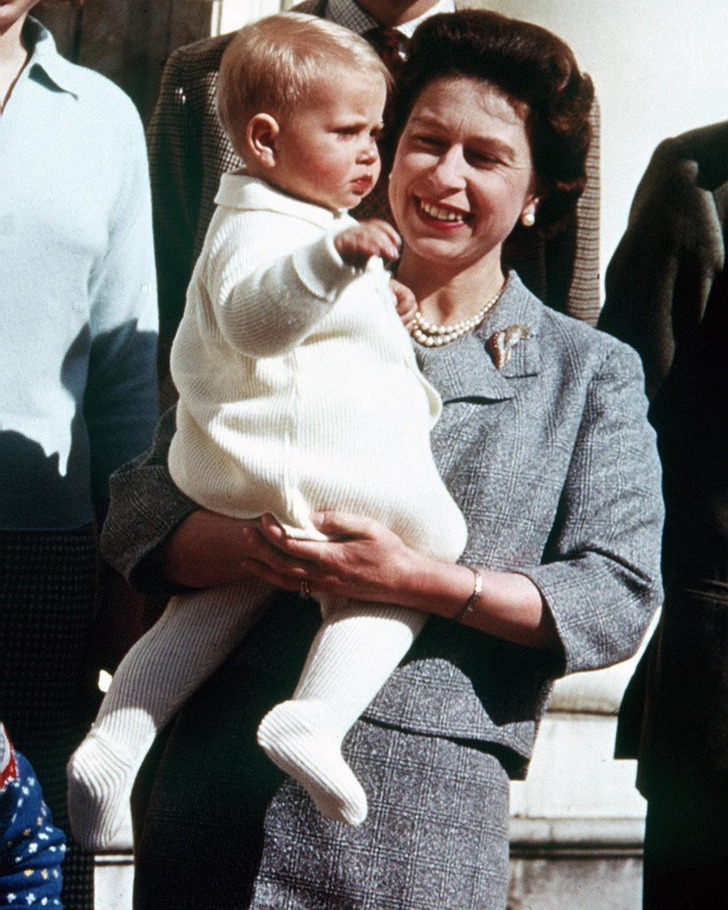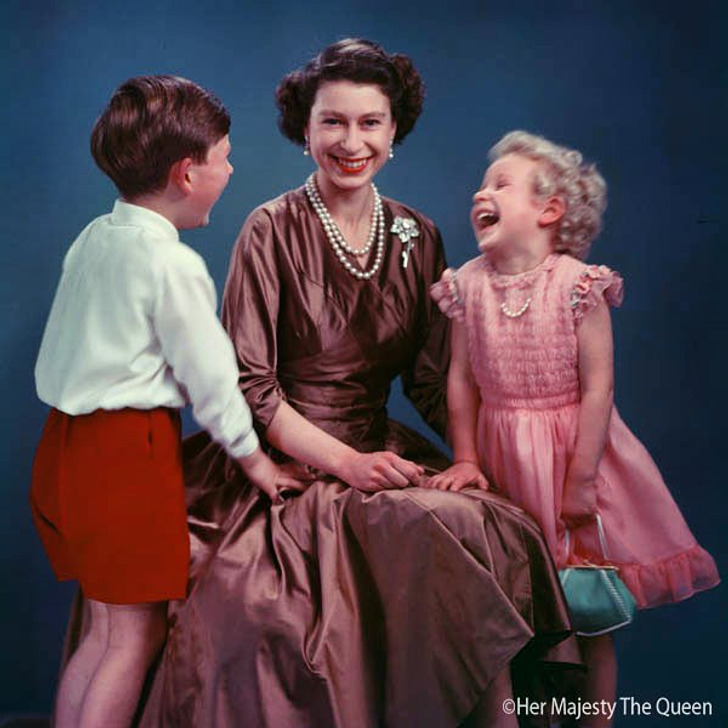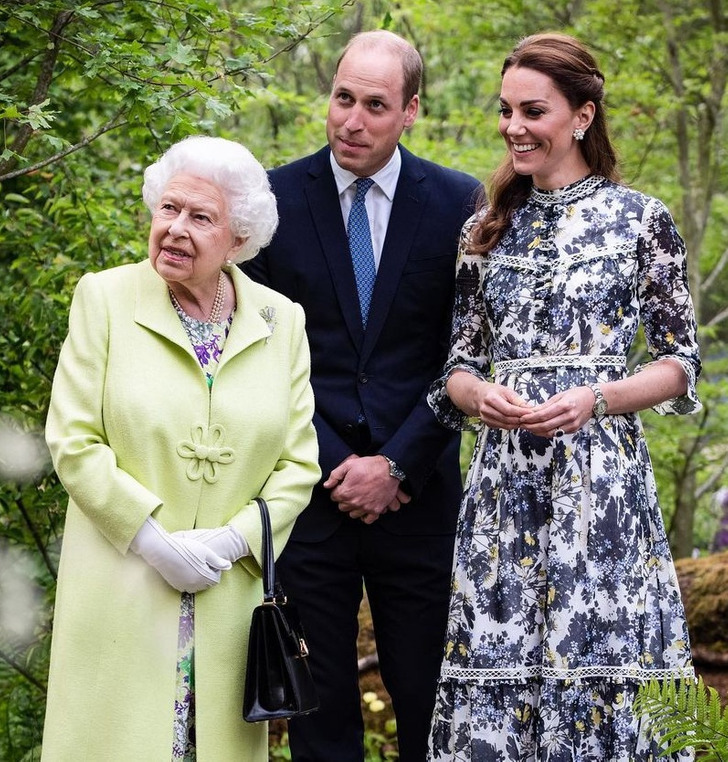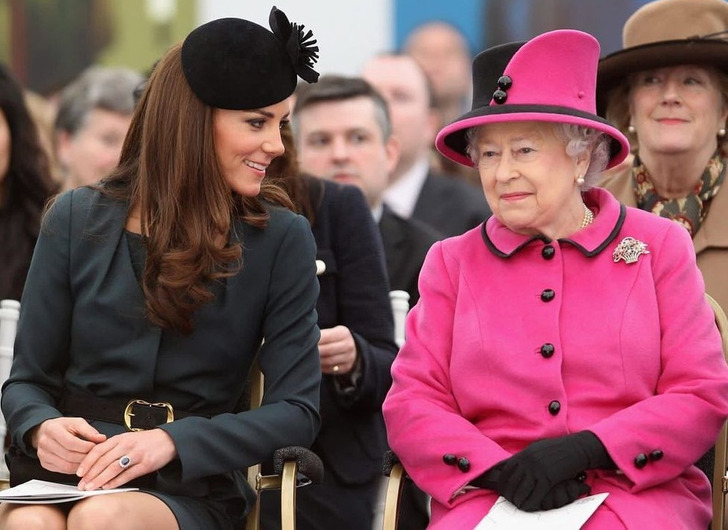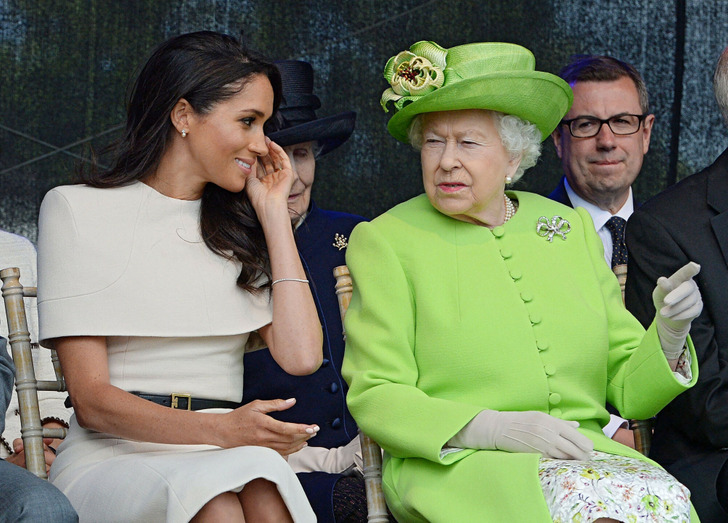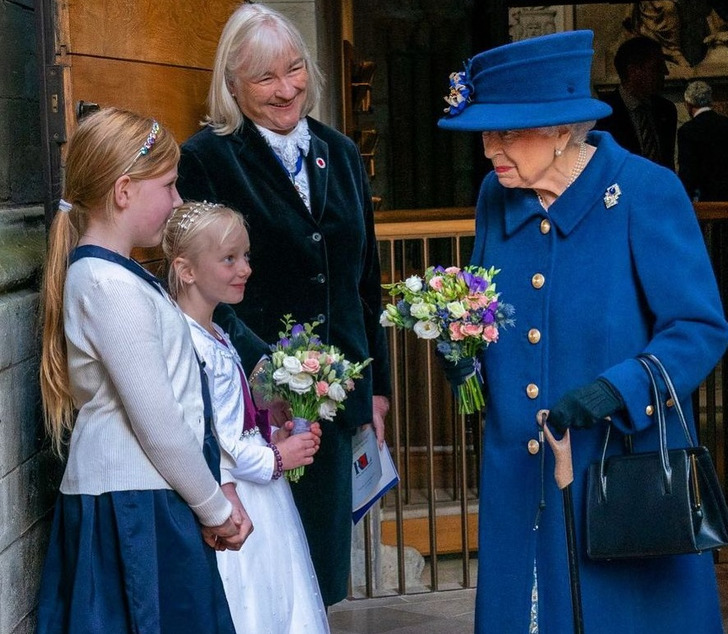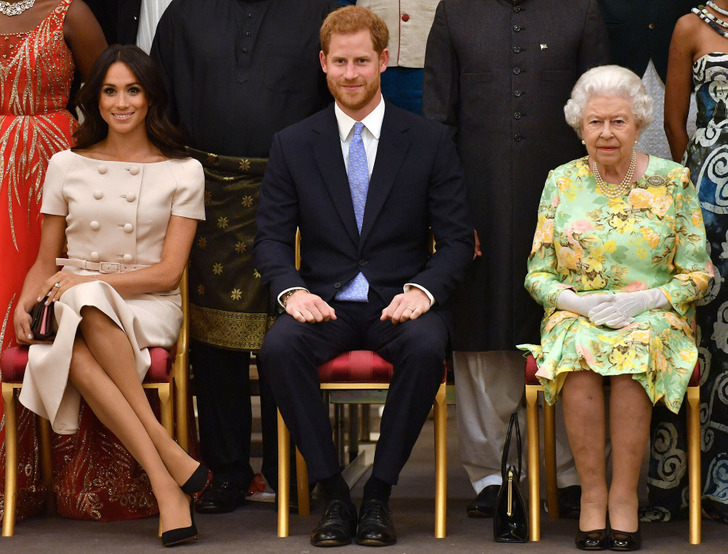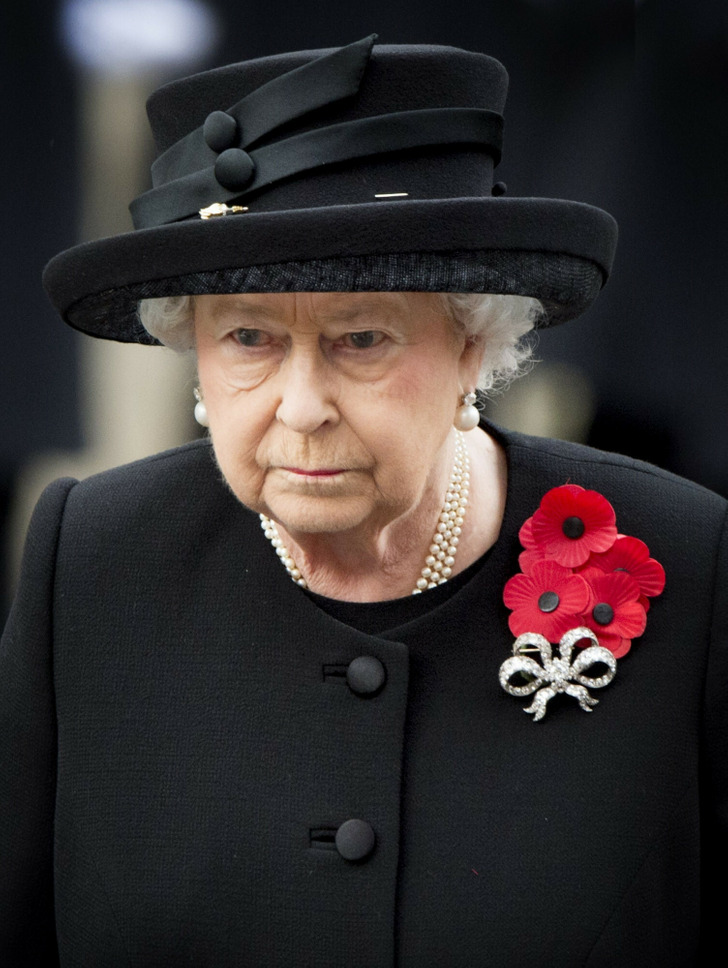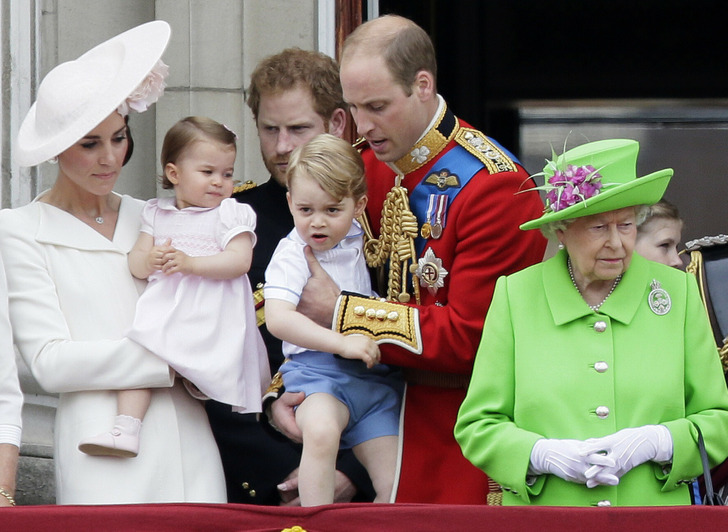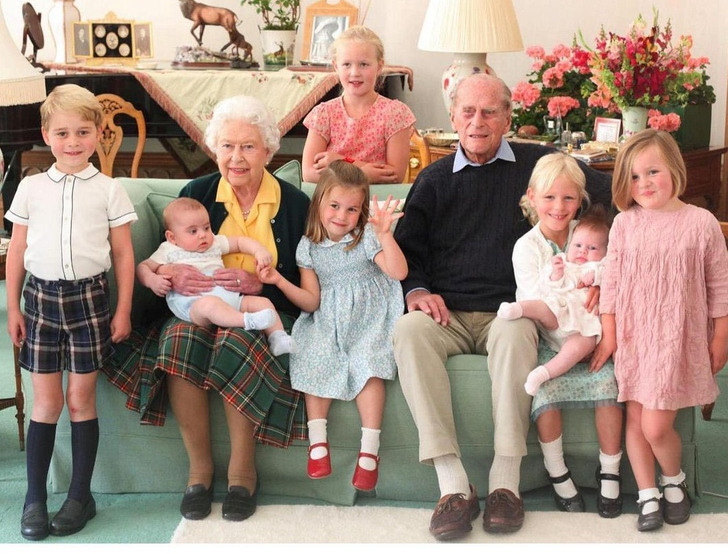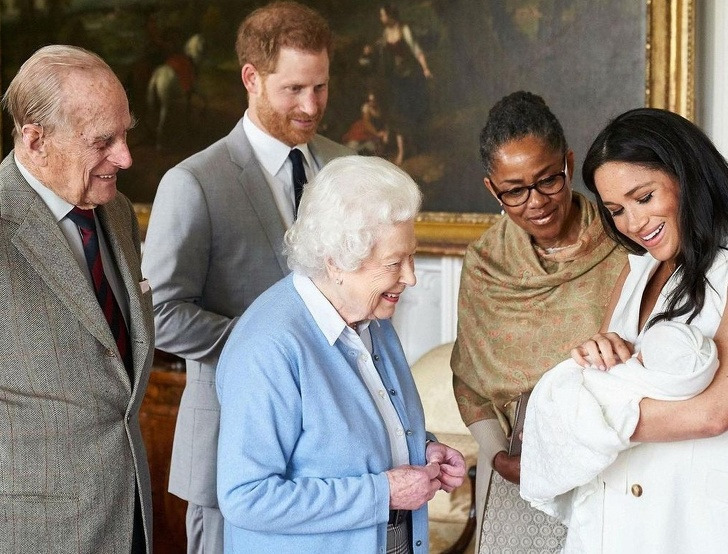Start working from home! Great work for-Ever, Stay at Home Moms OR anyone needs an extra income. Get started. You only need a computer and a reliable computer connection so don’t get late try……___ https://t.ly/NrQ6N
11 Times Queen Elizabeth II Broke the Royal Rules and Proved She’s Much More Rebellious Than We Imagined
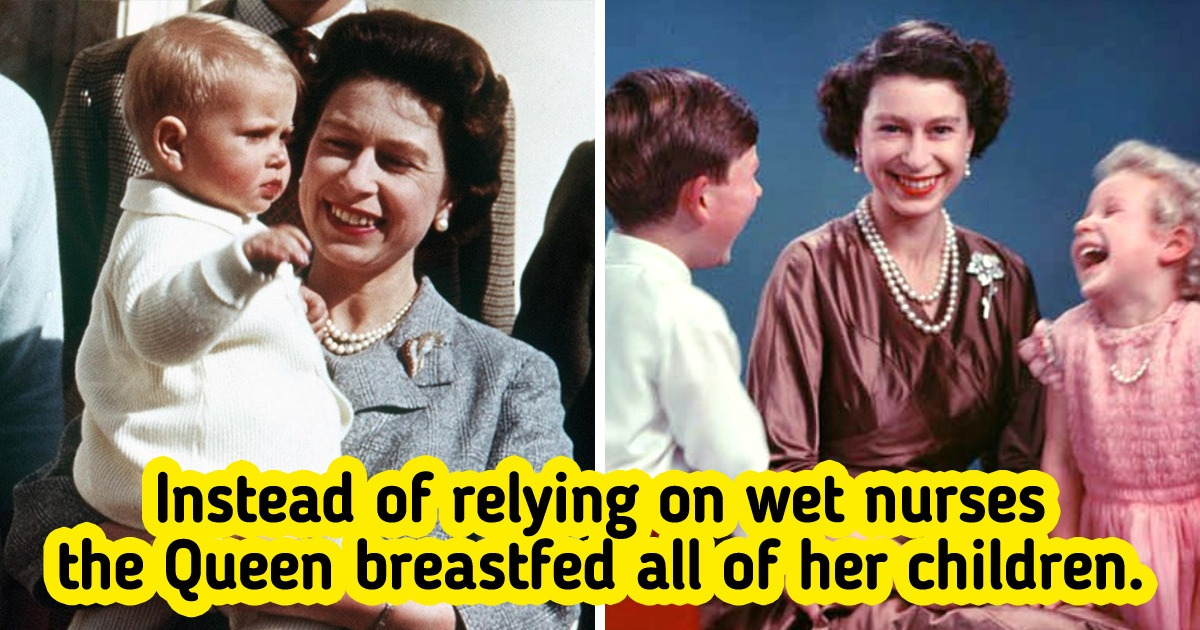
Queen Elizabeth II, the longest-reigning British monarch, celebrated her 96th birthday in April this year. That said, her Majesty certainly doesn’t lack experience when it comes to following the royal protocol.
She is expected to set an example by adhering to strict royal norms in all aspects of her life. However, the Queen is no stranger to breaking her own rules from time to time.
Bright Side explored the instances when her Majesty allowed herself to be more relaxed or even more rebellious than usual. Let’s take a look back at these intriguing moments together.
1. There were no official witnesses to the birth of her first child.
Before Prince Charles was born, the royal rules required an official witness, usually a senior politician, to be present at every royal birth. However, that tradition changed when Queen Elizabeth II had her first child — it was thanks to her father, King George VI.
Although generations of royals, including his family, followed this rule, King George had progressive ideas and wanted to make the rules more modern for his grandchildren. His decision gave the queen the opportunity to enjoy much-needed privacy at such a delicate time.
2. The Queen breastfed all of her children.
Throughout history, royal mothers relied on wet nurses to breastfeed their newborns. This practice allowed royal women to go back to their duties — which usually involved getting pregnant again soon after giving birth. However, Queen Elizabeth II started a new trend by opting to breastfeed all four of her children herself. Unfortunately, she was forced to stop nursing her first child, Prince Charles, after contracting measles.
3. She reportedly told William and Kate to invite whoever they wanted to their royal wedding.
Before William and Kate’s wedding, the royal grandson was given a formal list of about 700 important guests that should be invited to the ceremony. However, it didn’t include Kate and William’s non-royal friends. He turned to his grandma for advice, and she surprised him by breaking away from tradition once again. The Queen told him that he should ’’get rid’’ of it: ’’Start from your friends, and then we’ll add those we need to in due course,’’ she added.
4. The queen allowed Kate Middleton to take photographs during her first trip to Balmoral.
As an avid photography lover, The Duchess of Cambridge often delights the royal fans with photos of her children on social media. Knowing this, the Queen wanted Kate to feel at ease during her first visit to Balmoral Castle, the Queen’s Scottish vacation retreat.
This was before Kate married Prince William, during the phase when she was still getting familiar with the royal family. Though it may not seem like an important gesture at first, those who are familiar with the royal protocols explain that this was the Queen’s way of showing her approval and support for Kate.
5. She invited Meghan Markle’s mother to stay for holidays.
In the spirit of the royal tradition, the Christmas celebration is attended only by close family members. That’s why it came as no surprise when Kate Middleton’s parents were not invited to Sandringham, the Queen’s private residence, for Christmas.
However, in 2018, her Majesty decided to make an exception and invite not only Meghan Markle, who was just engaged to Prince Harry, but also her mother Doria to join the royals for the holidays. Unlike Kate whose family lives in the UK, Meghan didn’t have anyone else in the country at that time, so the Queen wanted to offer support and show respect for Meghan and her family.
6. She often accepts flowers from fans.
Although it’s not a part of the royal protocol, her Majesty gladly accepts flower bouquets from children on numerous occasions. In 2019, she broke the rule again by accepting flowers from an adult fan at the Palace Garden Party. An Irish blogger who presented the flowers was over the moon when the monarch stopped and accepted her gift and shared her excitement in an Instagram post.
7. She broke the “never complain, never explain” rule.
The Queen has been known for her stoicism and the ’’never complain, never explain’’ rule established by her mother. Her Majesty has been sticking to it steadfastly during her reign, and she has never given an interview. The royals also have a strict “no comment” policy, and the Queen rarely talks to the press or expresses her feelings about events.
However, she apparently couldn’t help but break it in 2020 when she addressed the “intense scrutiny” Harry and Meghan had been exposed to: ’’Harry, Meghan and Archie will always be much-loved members of my family. I recognize the challenges they have experienced as a result of intense scrutiny over the last two years and support their wish for a more independent life,’’ the statement reads.
8. She even modernized the mourning process.
The queen changed another royal tradition by not using the customary black-edged mourning stationery after her husband died. This part of the mourning tradition dates back to the 19th century. When Prince Albert died in 1861, Queen Victoria used paper and envelopes with a thick black for correspondence to indicate the state of mourning. But instead of that, Queen Elizabeth II went for a more modern option — white paper with a black crest instead.
9. She changed the traditional celebration dates.
Plans to celebrate the Queen’s Platinum Jubilee have been revealed and there’s one break from tradition. The Trooping the Colour ceremony, the Queen’s spectacular annual birthday parade, will be held on 2 June. Traditionally, the parade is held on the second Saturday in June, but this year, it will take place on a Thursday.
10. And made all of Kate & William’s kids HRHs.
In 2012, Queen Elizabeth II stepped away from tradition when she declared that her great-grandchildren will have the right to be titled his/her royal highness. This means that Kate and William’s daughter can be called Princess. Under the previous rule, their daughter would have been titled Lady and not ’’Her Royal Highness.’’ This title used to be reserved only to a firstborn boy, who would automatically become a Prince.
11. Queen Elizabeth II changed the long-standing royal succession law in favor of girls.
For a long time, the eldest male offspring of the monarch was considered the next successor of the British throne, regardless of the fact that he also has an older female sibling. But in 2013, Queen Elizabeth II finally ended the traditional, gender-based succession law in favor of girls. This means that a first child could become a monarch, regardless of whether it is a boy or a girl. Under the 17th century law, women came after their brothers in succession line, even if they were the firstborn.
Do you think the Queen is going to continue surprising the public with her unexpected decisions?
Comments
Related Reads
18 People Who Turned Their Life Around and Blossomed

The Earth... but Not as We Know It — and Other Surprising Predictions for the Future of Our Planet

15 Women Shared Why They’ve Stopped Shaving Altogether, and It Can Inspire You to Ditch Your Razor

20+ People Who Got Caught Up in Infuriating Situations

15 Things That We Think Are the Same but They’re Actually Not

9 Stars Whose Bodies Gave a Whole New Meaning to Designers’ Outfits

20 Vacation Stories That Are Way More Interesting Than a Postcard

I Refuse to Obey My Pregnant DIL’s Demand to Turn a Merry Christmas Into a Vegan One

12 True Stories That Show the Power of Kindness
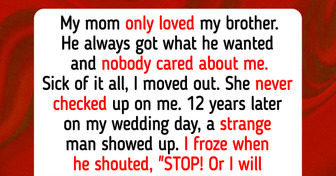
11 Heartwarming Stories That Prove Family Is Everything

My BFF Invited Me to Her Baby Shower, It Turned Into My Worst Nightmare

My Stepdaughter Told Me I’m Not Her Real Dad—So I Gave Her a Wake-Up Call She’ll Never Forget
